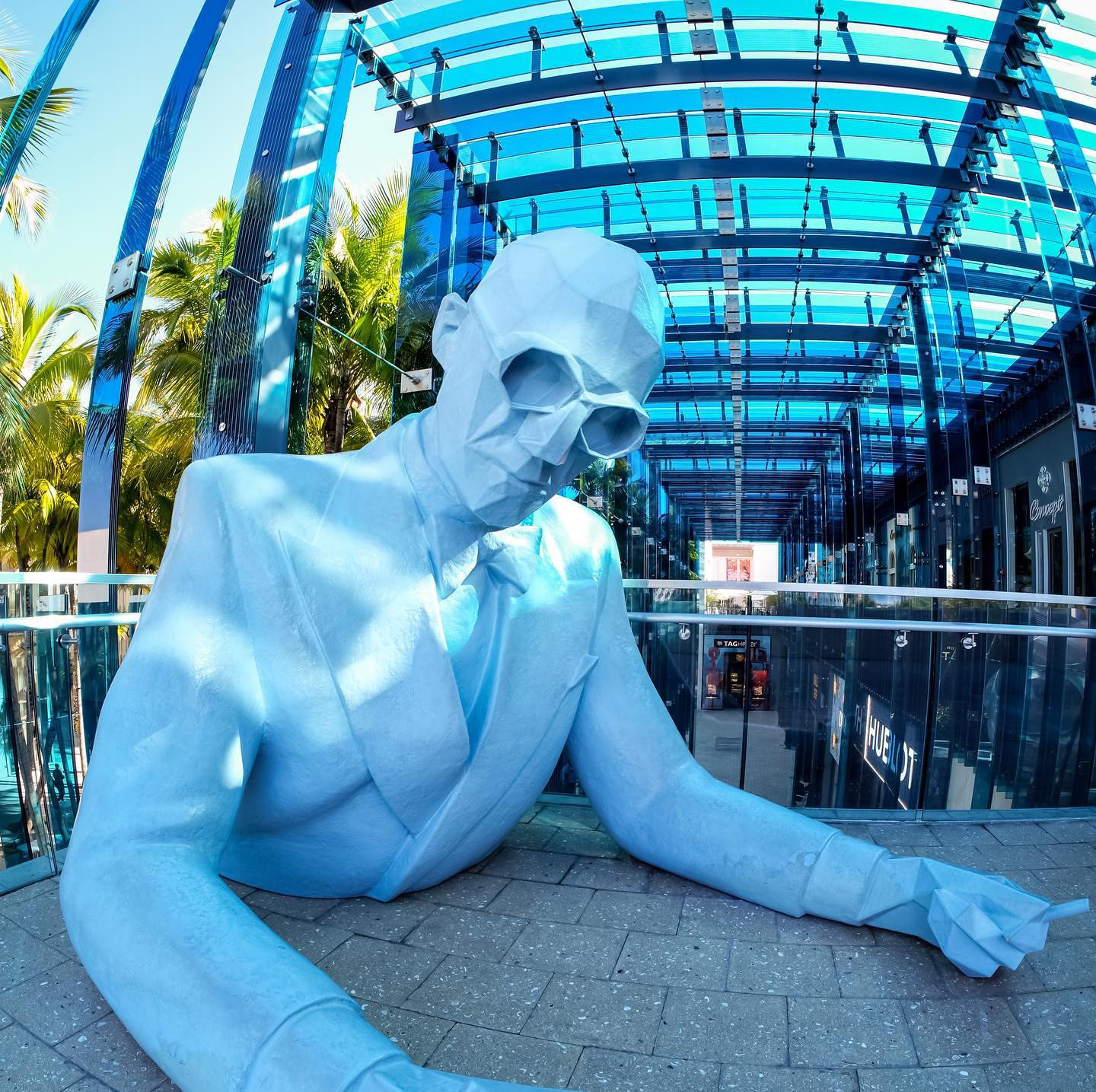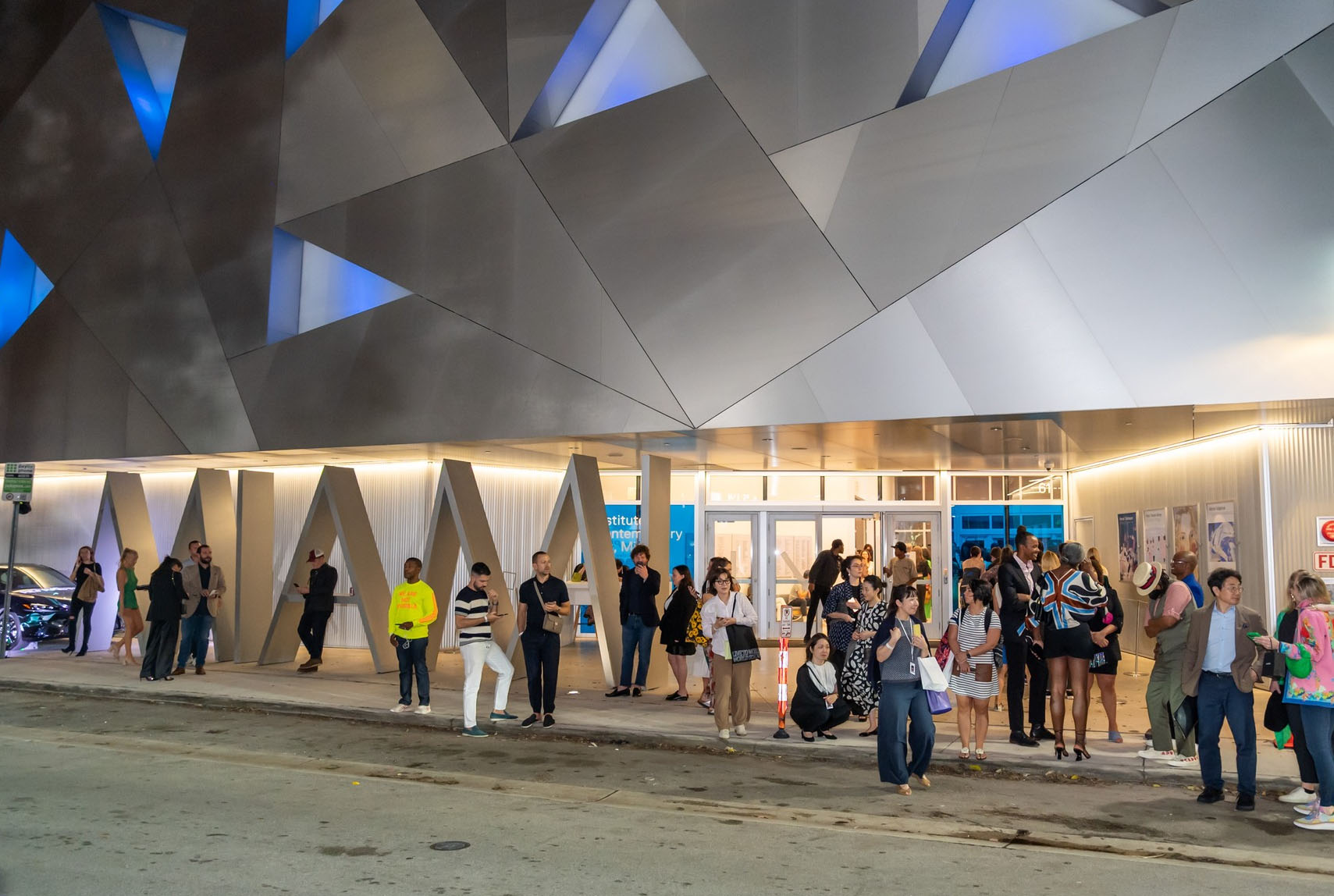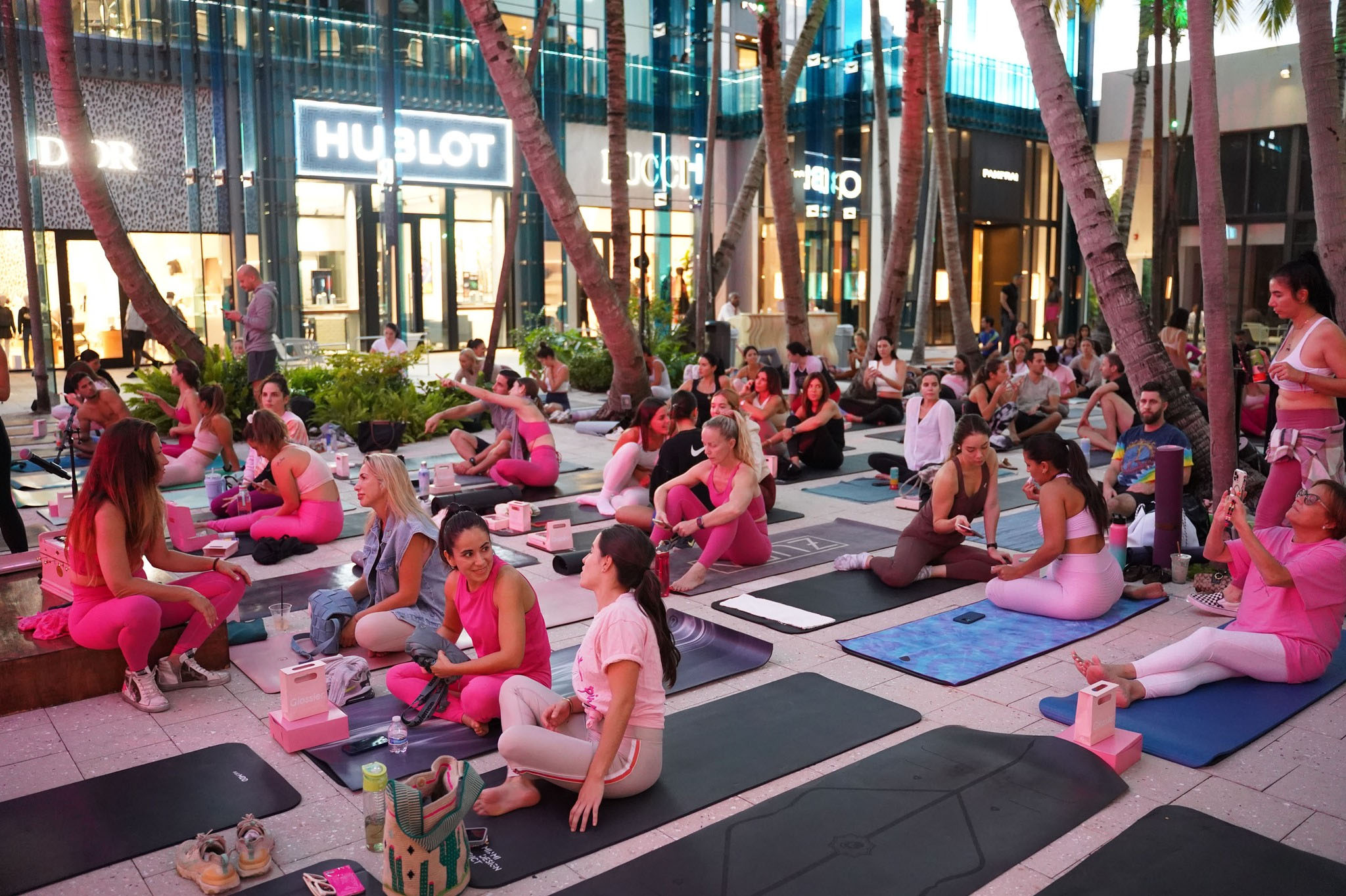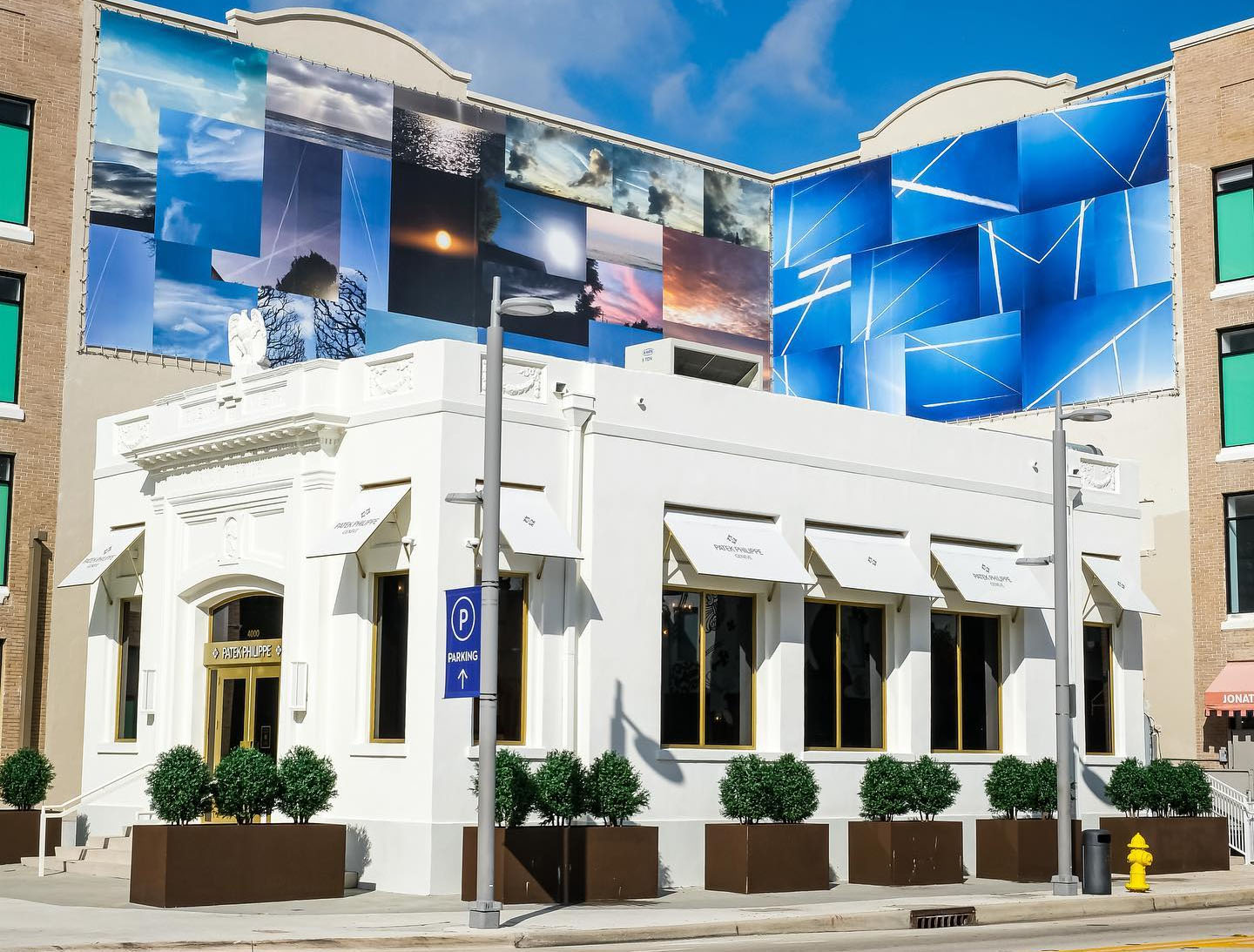Little more than twenty years ago a small enclave of Miami’s sprawling post-industrial midtown was all-but forgotten and unnoticed as locals passed it on the I95.
Today, it is home to boutiques for Van Cleef & Arpels, Tiffany & Co., Patek Philippe, Rolex, TAG Heuer, Grand Seiko, Hublot, Vacheron Constantin, A. Lange & Söhne, Breitling, Bulgari, Cartier, Chanel, Harry Winston, IWC, Omega and Panerai.
The world’s greatest jewellery and watch maisons cluster among its apex fashion houses: Louis Vuitton, Balenciaga, Gucci and Dior; a slew of prestigious art galleries and some of the finest eateries in the city including Florida’s only restaurant with two Michelin stars, L’Atelier de Joël Robuchon.
America is good at this type of regeneration. Think New York City’s SoHo and Hudson Yards, or earlier transformations of San Francisco’s Ghirardelli Square or Boston’s Faneuil Hall Marketplace — but none have risen so fast and to such a level of opulence as Miami’s Design District.
The UK also does regeneration: the area around Battersea Power Station and Docklands in London, Birmingham’s New Street, Manchester’s Northern Quarter and most city centres are constantly evolving, but the standard operating procedure is a glacially slow planning process, decades of stop-start development and billions wasted on failures before the occasional success.
All of which makes Miami Design District staggeringly different, and an inspiration of how things can be done if the lawyers, council officials, politicians and NIMBYs had more vision or just got out of the way.


It is the speed and scope of the Design District’s creation that is so unique.
The four square kilometres that is now the Design District was once a pineapple farm in a neighbourhood known as Buena Vista before one of the biggest land owners built a furniture business there and, over several decades, this attracted more manufacturers into a creative hub.
But, by the 1980s and early-1990s, as manufacturing was squeezed out of US cities, the district slumped into disrepair.

Enter Miami native Craig Robins, who had already established himself as a major developer of South Beach in the 1990s, and at the turn of the century recognised the potential of the midtown area and started acquiring property.
He wanted to reinvigorate a forgotten part of Miami, transforming it into a creative community through exceptional architecture, design, and experiences.
Before any global brands noticed, his team persuaded more niche but highly respected architects and designers to open studios and showrooms in the area.

In 2010, his company Dacra formed a partnership with private equity firm Catterton, which in 2016 forged a joint venture with LVMH and Groupe Arnault, the family holding company of Bernard Arnault, to create L Catterton.
This was the moment the blue touch paper was lit and the District took off like a firework as LVMH brands took up residence, and the less visionary followed them in over the ensuing years.
The punters took longer to arrive but, thanks to a state income tax rate of zero and some of the lightest touch covid regulations in the world, the pandemic years saw a rush of moneyed folk into Miami and the district came to life.
Today, it has to be seen to be believed.

The early-to-mid 20th century buildings are still cramped together along narrow streets where pedestrians and cars struggle to coexist.
The pavements have, apparently, been improved — I’d hate to have seen them before — and there is little open space to allow sunlight to ground level.
There is a multi-story car park, which has won an award for its funky entrance design, but most people use valet parking because it is such a pain to get in and out of the district.
In short, the area retains a down at heal vibe like a Brooklyn or Eastend of London, but has attracted a line-up of brands superior to Fifth Avenue, Place Vendome or Bond Street, and the brands have brought an incredible creative energy and aesthetic to the district.
As a result, as you can probably tell, I absolutely love it for its audacity, its vision, but most of all for simply getting done in an era when the most successful countries in the world seem resigned to perpetual failure to get anything done at all.

